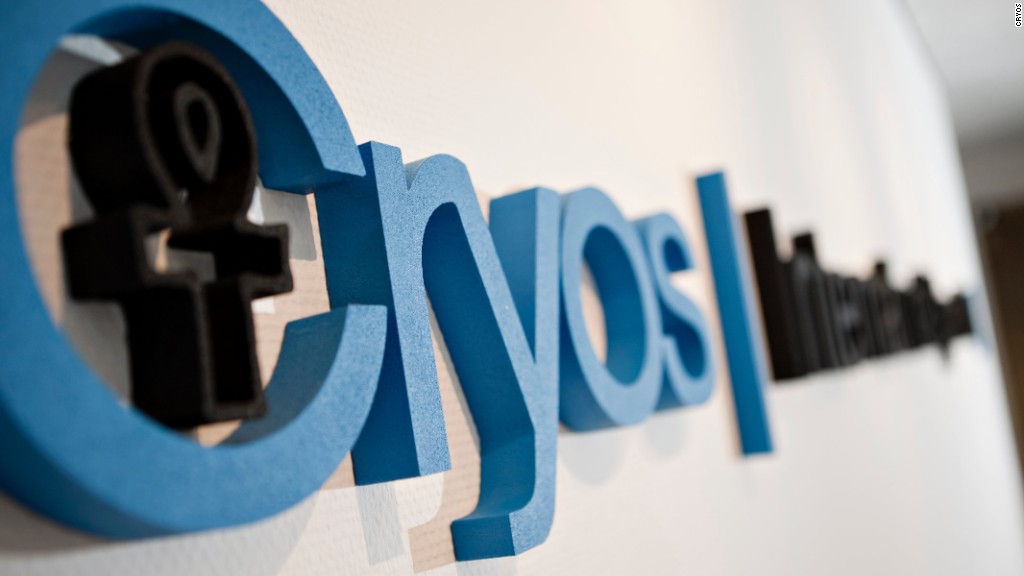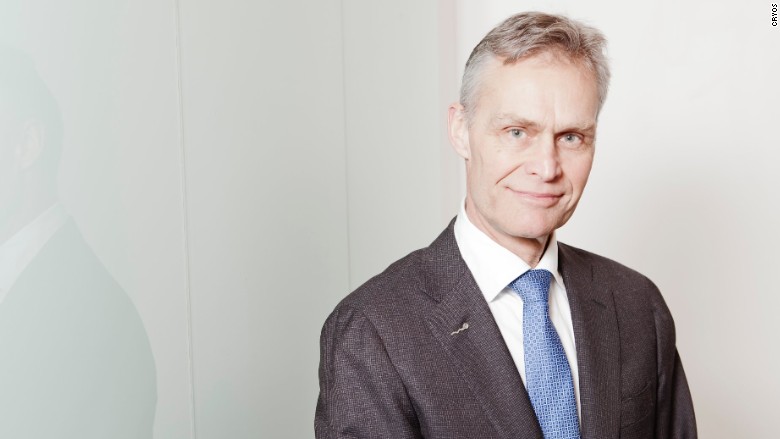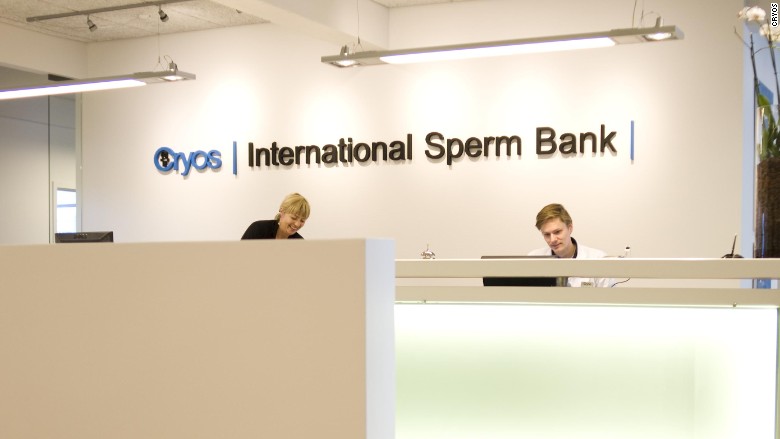
It may sound crazy, but there's a global sperm shortage right now. Women are visiting fertility clinics in ever greater numbers and supplies can't keep pace.
It's gotten so bad that the British government set up a national sperm bank last year, but the organization still can't meet demand. It recently began advertising on the radio to recruit donors.
Shortages have also been reported in countries such as the U.S., China, New Zealand and Israel.
This is all good news for Ole Schou, who has spent nearly 30 years building a business that exports sperm around the world.
Schou runs Cryos International -- one of the world's biggest sperm banks -- in Aarhus, Denmark. It sends vials to over 80 countries and more than 27,000 babies have been born from its donors.
It's strange to think that you can profit from sperm, but it can be a lucrative market if you get it right.
Schou has recruited nearly 1,000 donors, who are paid between 100 and 500 Danish kroner ($15 to $76) per "donation." Once the samples have been tested and treated, a vial can sell for anywhere between 40 and 1,000 euros ($45 to $1,137) each, depending on potency and donor profiles.
"We export 96% of our production," he said. "We're like a kind of factory. Volume and quality is important."

Fertility experts say older single women who want to start a family have created a surge in demand.
"The highest growth comes from single women who make up about 50% of demand," Schou said. "We expect within the next five years they may stand for as much as 70% of demand."
Sperm is often in short supply because it's surprisingly difficult to attract donors. Only 10% of willing donors have sperm that can survive freezing and storage.
"The hard part is recruiting them," said Laura Witjens, head of the UK National Sperm Bank.
Many potential donors are scared off when they hear about the time commitment -- they are generally required to attend a clinic twice a week over a period of months. And there are rules on abstaining from sex, smoking and drugs while they are donating.
"It's more of a 'job' than it sounds like," said Kimberly Krawiec, a professor at Duke University who studies the global markets for sperm, eggs and surrogacy.
On top of that, some countries such as the UK do not allow donors to remain anonymous, which could deter some men.
Plus, tough regulations, intensive medical testing and high costs often make the market inefficient and slow.
Related: The story of an American surrogate
The mismatch between supply and demand in many parts of the world has created a strong market for exports from "surplus" countries like Denmark.
In the UK, roughly one-third of sperm in fertility clinics is imported, with a significant proportion coming from Denmark.

The Cryos website allows women to browse for donors based on ethnicity, hair color and eye color. Many men provide extensive personal information, which is appealing for patients, said Schou.
But in order to satisfy all types of patient demands, Schou said he has to recruit more ethnically diverse donors.
A search of the Cryos database only turns up a small number of people of Asian, African, Middle Eastern and Hispanic origin.
"That's a problem for us," he said, adding that he's gone to great lengths to try to recruit people from different backgrounds.
Schou now has clinics in Spain and Orlando, Florida, where he hopes to continue recruiting different types of donors and serving his global clientele.



